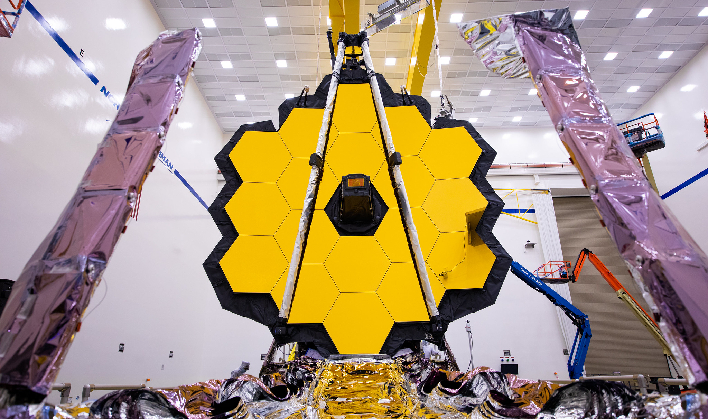JWST Stumbles Upon An Asteroid The Size Of Rome's Colosseum Between Mars And Jupiter

A team of European astronomers utilizing JWST randomly detected an interloping asteroid located between Mars and Jupiter. The team happened upon the asteroid while using data from the calibration of the Mid-Infrared Instrument (MIRI). While the asteroid is 100-200 meters across, it is believed to be the smallest object observed by JWST to date.
"We, completely unexpectedly, detected a small asteroid in publicly available MIRI calibration observations," remarked Thomas Muller, an astronomer at the Max Planck Institute for Extraterrestrial Physics in Germany. "The measurements are some of the first MIRI measurements targeting the ecliptic plane and our work suggests that many, new objects will be detected with this instrument."

"Our results show that even 'failed' Webb observations can be scientifically useful, if you have the right mindset and a little bit of luck," explained Muller. "Our detection lies in the main asteroid belt, but Webb's incredible sensitivity made it possible to see this roughly 100-metre object at a distance of more than 100 million kilometers."
The new discovery, if confirmed, is said to have important implications for the understanding of the formation and evolution of the solar system. It would allow for future Webb observations to search for more asteroids smaller than 1 kilometer in size, giving researchers data to "refine our models of the solar system's formation."
"This is a fantastic result which highlights the capabilities of MIRI to serendipitously detect a previously undetectable size of asteroid in the main belt," added Bryan Holler, Webb support scientist at the Space Telescope Science Institute in Baltimore, Maryland. "Repeats of these observations are in the process of being scheduled, and we are fully expecting new asteroid interlopers in those images!"

